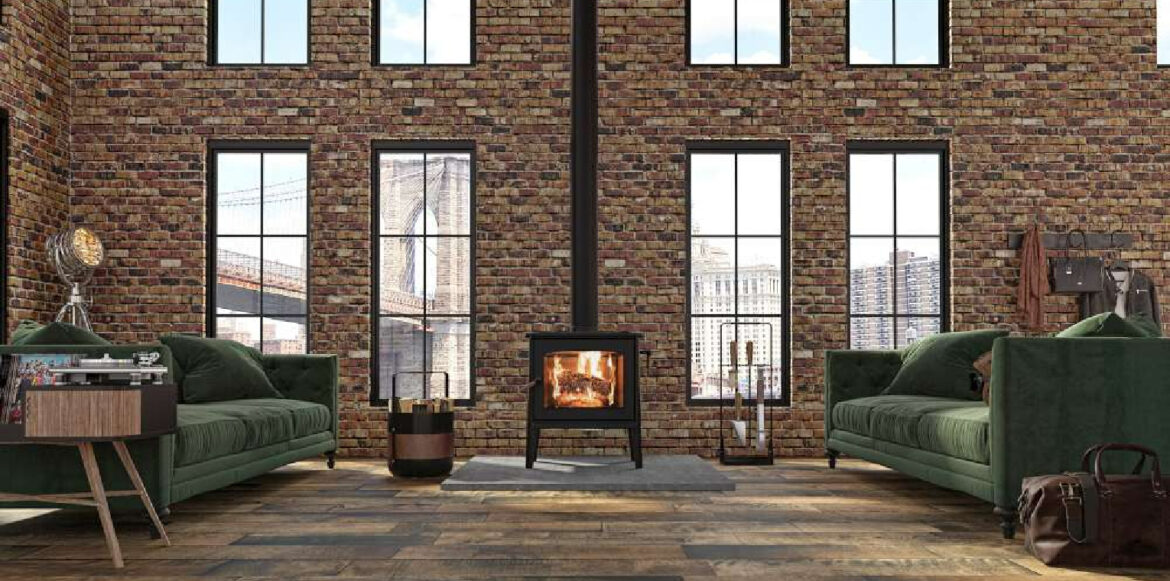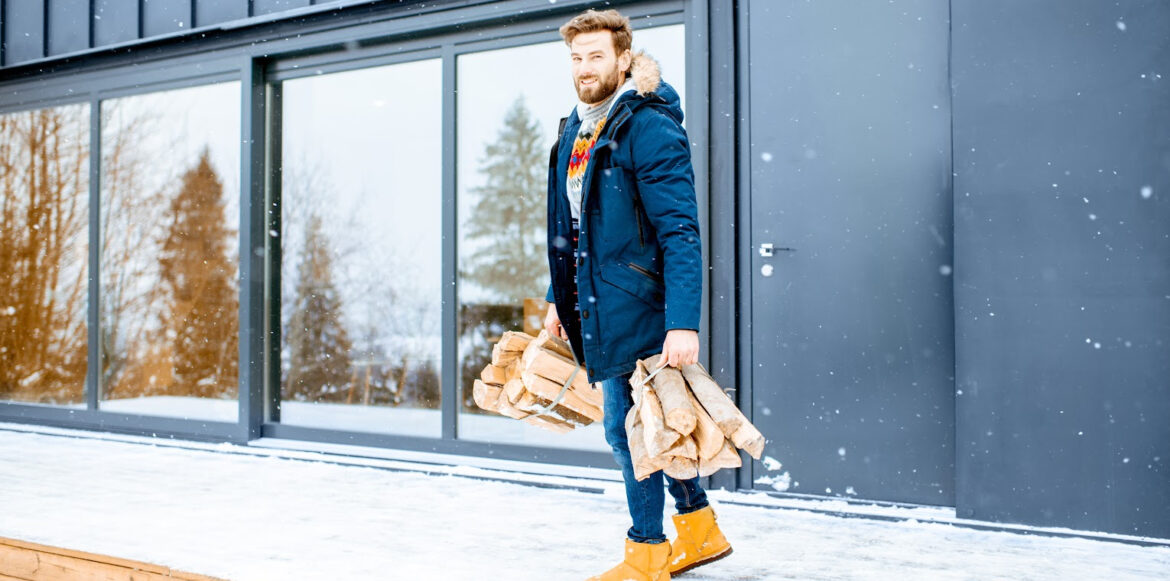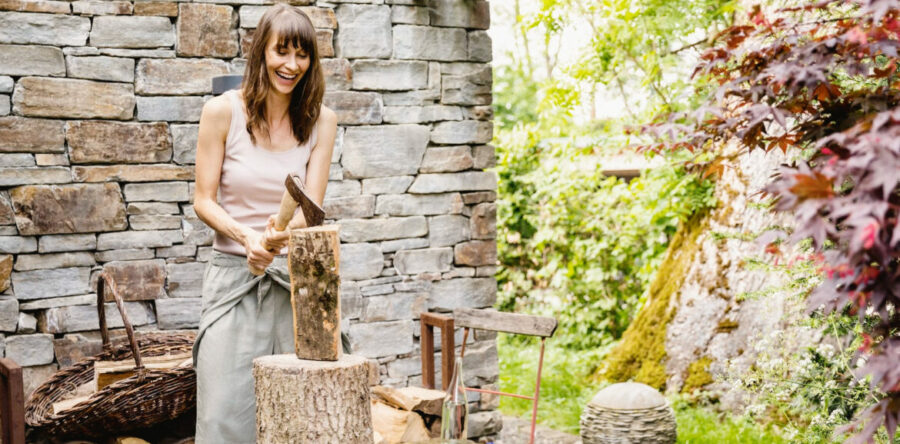Cooler fall weather can make you look forward to a warm fire in your home. However, it can be dangerous to run headlong into lighting a fire without proper preparation. Before the first fire in your fireplace, it would be a good idea to go through the checklists below to ensure the safety of your household.
TO-DO LIST FOR THE CHIMNEY
Whether you burn wood or use a ‘gas log set’ in your fireplace, you need to check specific safety items regularly. Failure to do so can be dangerous if you attempt to light a fire.
- The National Fire Protection Association (NFPA) states that wood-burning chimneys for fireplaces, stoves, and inserts should be inspected annually and cleaned if necessary. This is an essential step to attend to during the summer or early fall, before the burning season. Professional chimney technicians will thoroughly inspect and remove any soot, creosote, or debris from your chimney, which will help prevent a chimney fire.
- Professionals will also check the condition of your flue lining. Even a tiny crack in the flue can cause a dangerous situation. It can put your family and property at risk. The purpose of an inspection and cleaning is to make sure your chimney and fireplace are safe and ready to use.
- Chimney structures are high and out of sight from the ground, but they should not be out of mind. If you see loose or missing mortar or maybe damaged and cracked bricks, it’s entirely possible that moisture has infiltrated your chimney system. This moisture can cause issues inside the chimney that will not be noticeable from the ground. Moisture damage will not fix itself. It needs to be evaluated and repaired as quickly as possible.
- If there is no cap on your chimney, have one installed as soon as possible. Chimney caps serve several essential functions. They help keep moisture and critters out and can help to prevent house fires. A mesh screen or spark arrestor installed with a chimney cap will help control errant sparks and embers as they exit the chimney.

Wood fireplace Ambiance
TO-DO LIST FOR THE FIREPLACE
- Experts recommend that fireplaces and wood stoves be inspected annually for any damage or signs of wear. Your professional chimney tech can evaluate your appliance to ensure optimum performance.
- What’s the best wood to burn in your fireplace, stove, or insert? D-R-Y wood. After it’s cut, split, stacked, and covered, leave it for a year before burning it. Seasoned hardwoods will burn longer than softwoods. If you want a shorter fire, maybe just to take the chill out of the house in the morning, then softwoods might be a better choice because they will burn out quickly and won’t leave smoldering wood coals to linger.
- If you’re using a masonry fireplace, place the logs on a metal grate at the back of the fireplace. Never, ever use flammable liquids to start a fire. Always use dry kindling to get a fire started.
- Don’t overfill a masonry fireplace and create a blaze too large to control. The extreme temperatures may cause a chimney fire or damage the flue.
- Close the spark screen or glass doors in the front of your fireplace to prevent embers from popping into the room and causing damage to the carpeting or igniting something on fire.
- If you have a gas log set installed in a wood-burning fireplace, have it inspected by a qualified gas technician before use. They will check for gas leaks, flame impingement, the correct gas pressure, and other items. They will also have materials to enhance the appearance of the glowing embers.
- A blower on the appliance should be cleaned regularly as there is no filtering system to prevent dust from hindering its operation.
Once your checklist is done, you’re all set to safely enjoy your fireplace on a cold, wintry day.





4 Responses